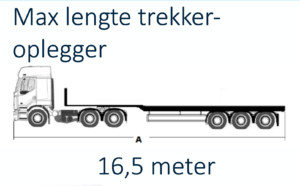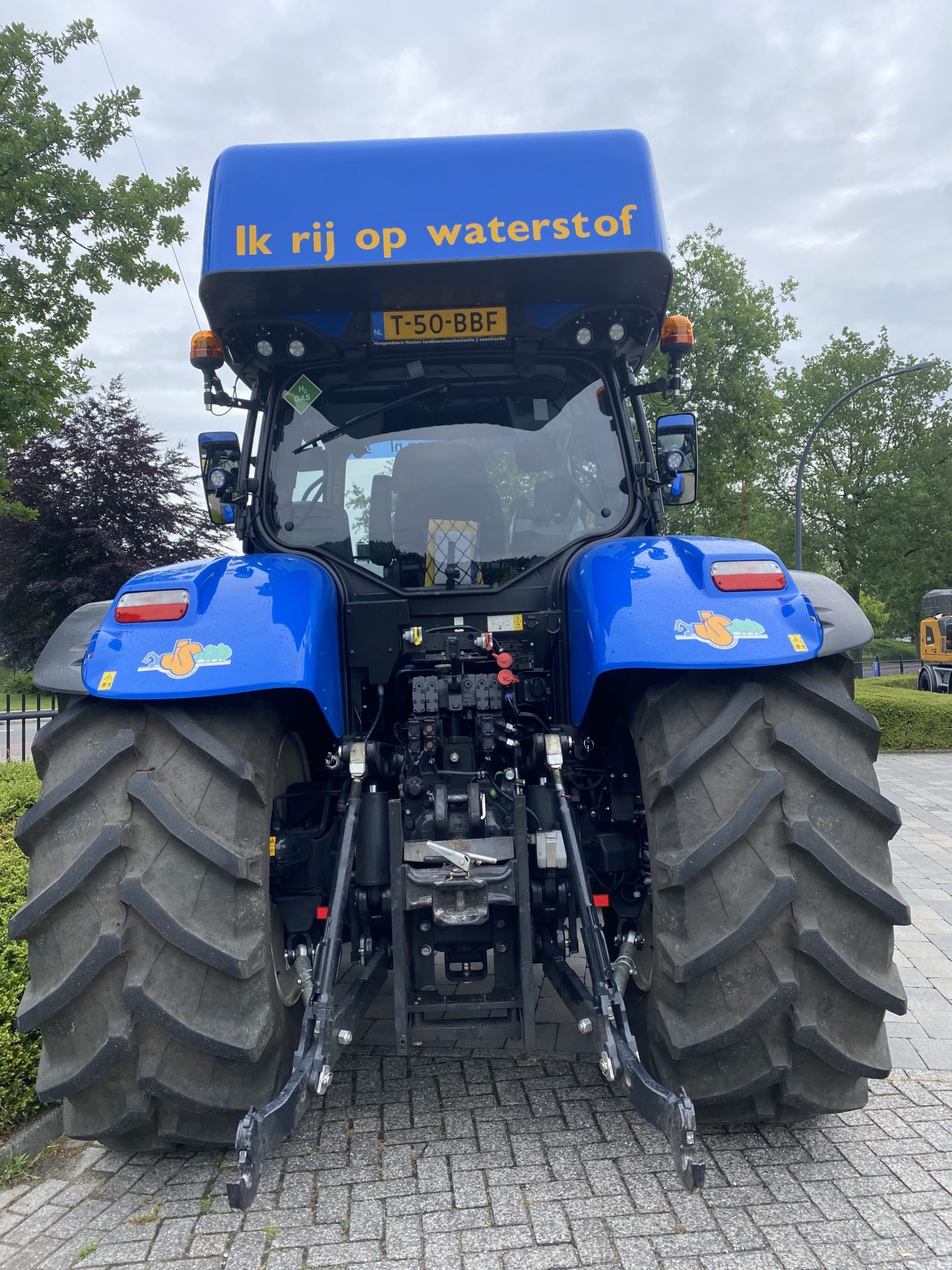Over a fifth of Europe's greenhouse gas emissions come from transport, and all the while the transport sector is growing, especially freight transport! Vehicles powered by green hydrogen are a promising option for emission-free transport, so what are we waiting for? 'Hydrogen in mobility: from plans to practice' was the theme on September 23 at the meeting at the Zandvoort circuit organized by NWBA, BETA and others.

Pioneers and entrepreneurs experience obstacles
In his presentation, Daniël Bakker, researcher in Energy and Water at KWR, outlined the major benefits and opportunities of green hydrogen. Connected to the European project LIFE NEW HYTS - reNEWable green HYdrogen for TranSport- he pointed out that the transition to green transport is not only a technical issue. LIFE NEW HYTS is a demonstration project in the province of Utrecht for regional production, distribution and use of green hydrogen where local entrepreneurs, knowledge institutions and governments are working together. Besides technological innovation, the transition also requires other laws and regulations, permits, availability and supply of materials, correct registration with RDW, after-sales and service, availability of filling stations and of greenH2. Pioneers and entrepreneurs have plans and projects, but face obstacles in practice. We name a few.
Where do we put the hydrogen tanks?

Hydrogen tanks cannot be easily fitted on trucks because of the maximum length that applies to tractor-trailer combinations.
So where should the extra space come from? Is it at the expense of driver (sleeping) space?
Is 99% emission-free impermissible?
One of the technologies that can be applied to run hydrogen vehicles is a hydrogen combustion engine. In this process,CO2 emissions are reduced by more than 99% compared to the diesel version. However, a small residual emission remains with these vehicles. Currently, large inner cities with the ambition 2025 emission-free want to ban these vehicles because they are not completely emission-free. A question of definition?
How do we register the vehicles?
An FCEV hydrogen vehicle (i.e., zero-emission) is not always classified as a "zero-emission vehicle" by the RDW. During the congress in Zandvoort, an entrepreneur told us that his hydrogen truck was registered as a EURO-VI vehicle; this is currently the highest emission class for diesel vehicles. When is registration in order?
Who is pulling the hydrogen trailer?
Hydrogen transport trailers may NOT - really - be towed by hydrogen trucks, because of the specific legislation surrounding the transport of hazardous materials. This is laid down in the ADR. How do we deal with this?
Daniel Bakker would like to highlight the enormous opportunities for green hydrogen. The development of a local green hydrogen value chain starts small with a team of pioneers. LIFE NEW HYTS is a great example of how the transition is easier if you join hands. But the obstacles that arise in practice also need to be explored and solved together. That requires even more cooperation, including with government, agencies and business.
If you are interested in Daniel Bakker's presentation on Sept. 23, please send a message.
